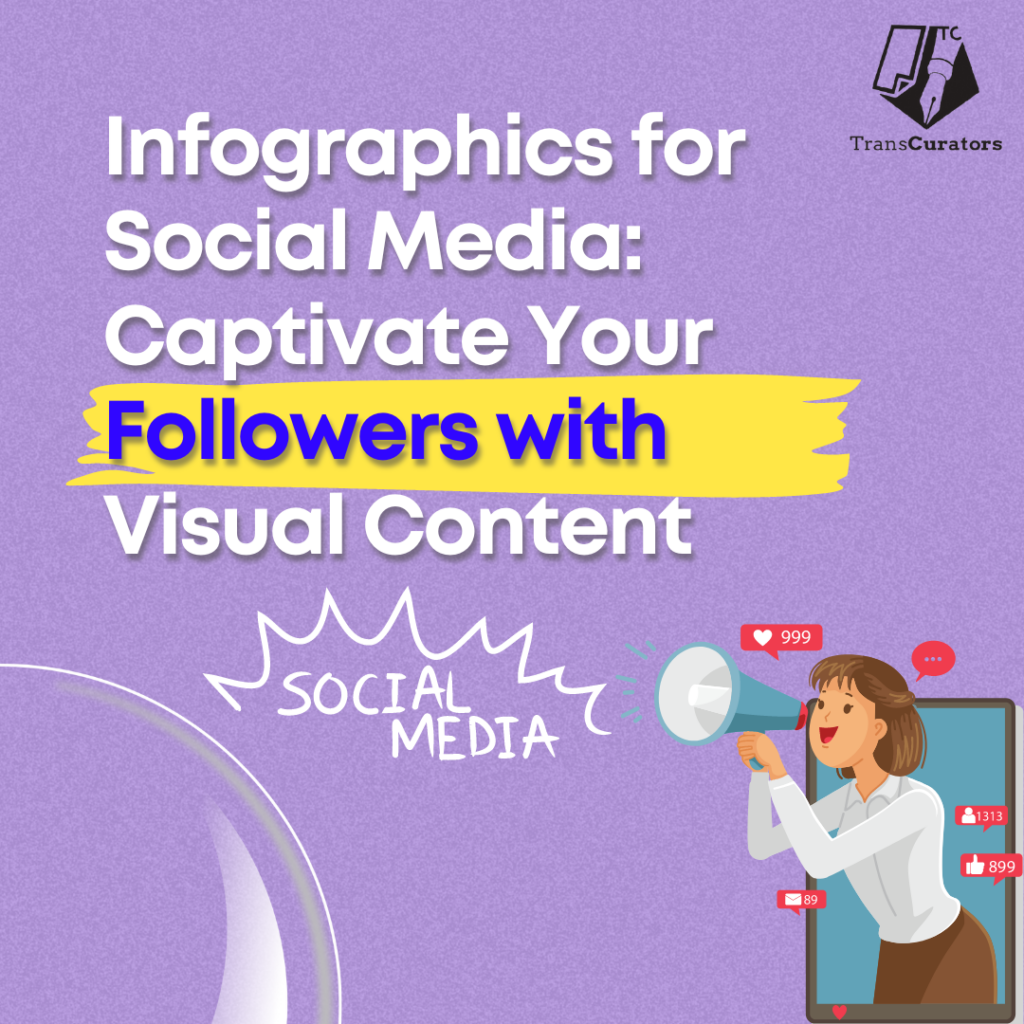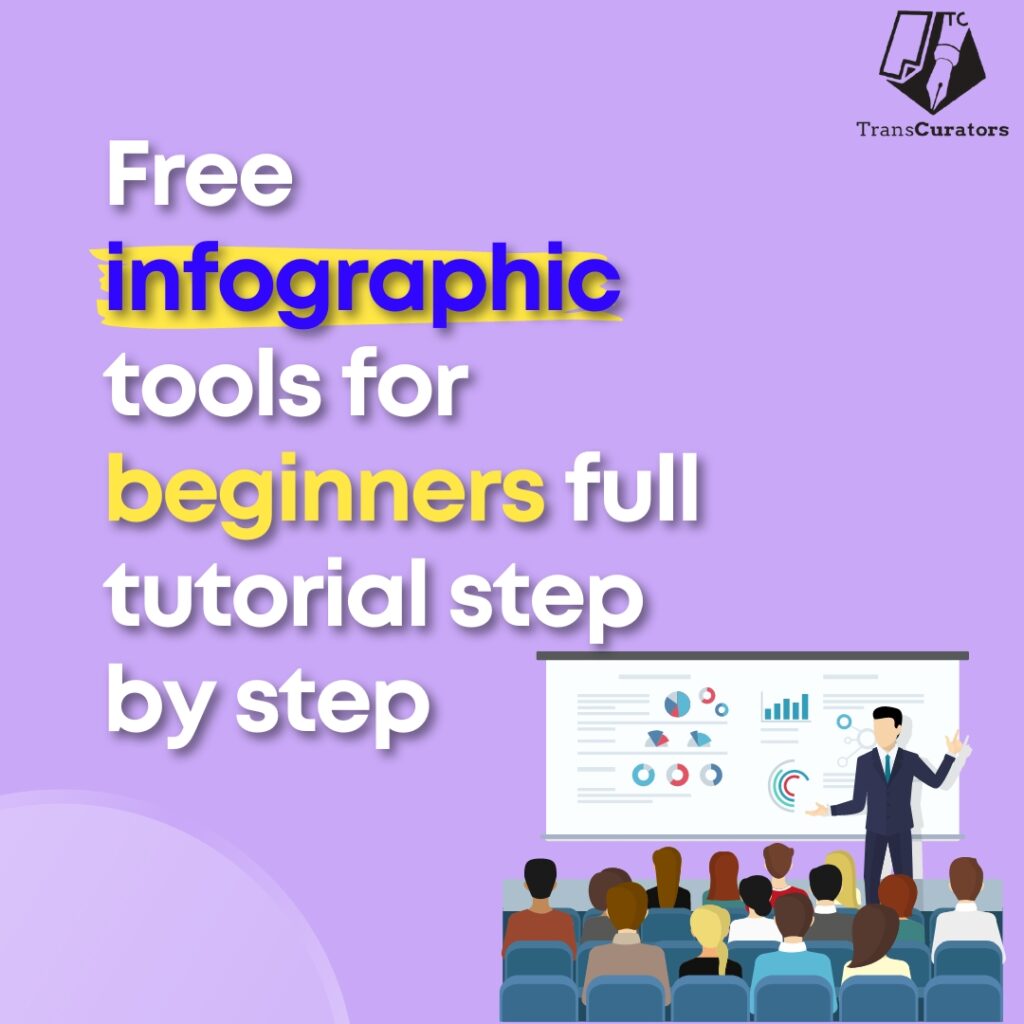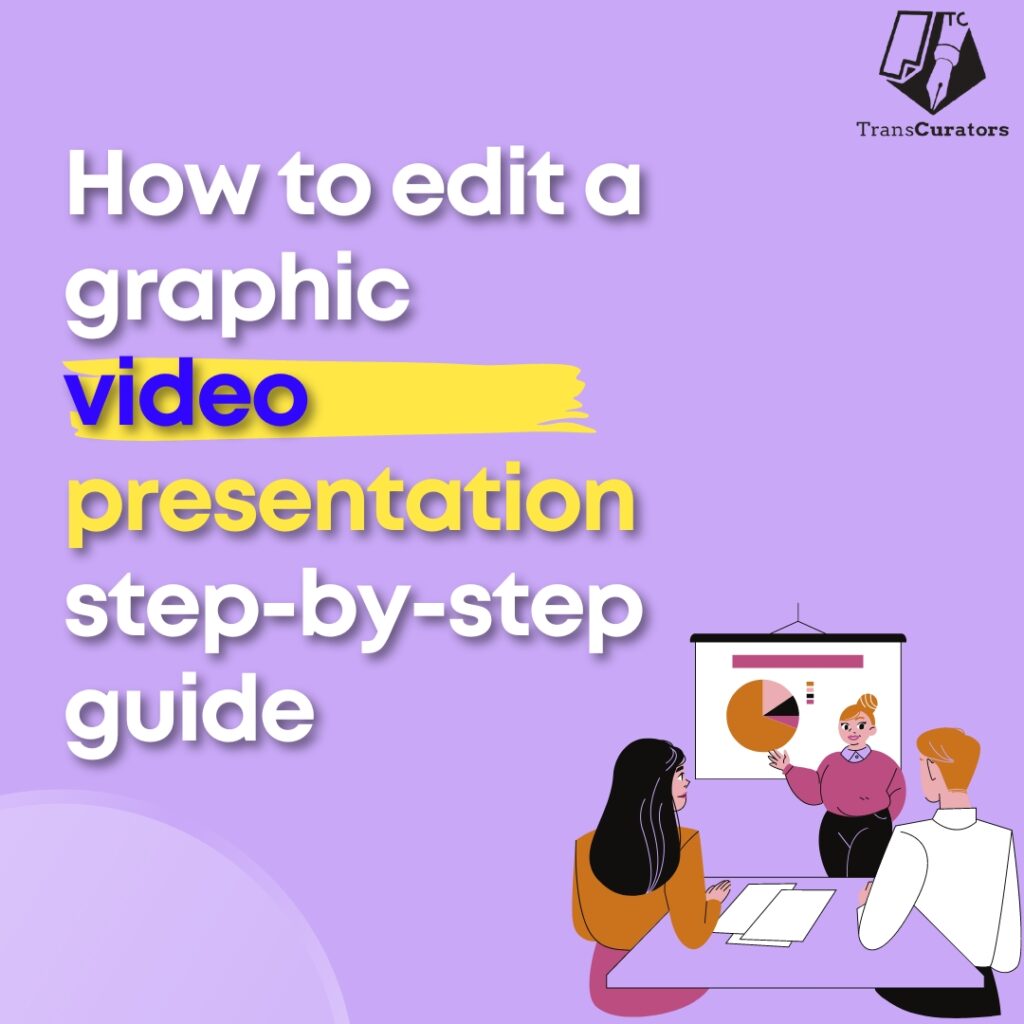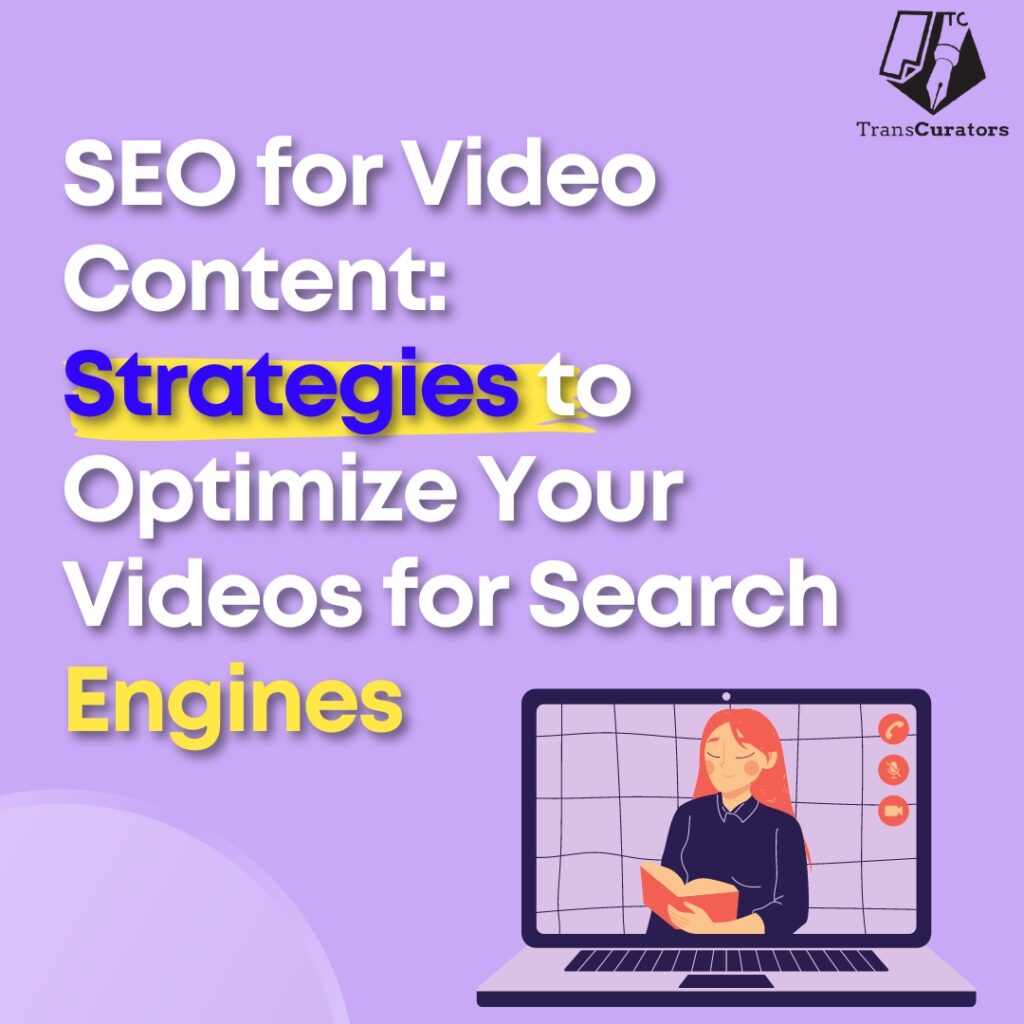Infographics for Social Media: Captivate Your Followers with Visual Content
Introduction Today the power of social media is like nothing else. For a generation that eats, sleeps and breathes on the internet, social media is the perfect way to get a hold of your target audience. With the ever-increasing volume of content, infographics have emerged as a powerful tool to captivate your audience and stand out in the crowded social media landscape. Infographics for social media combine compelling visuals with concise information, making them an ideal format for sharing valuable content that is visually appealing, shareable, and easy to understand. In this article, we explore how infographics can be leveraged effectively to captivate your followers and boost engagement on social media. Infographics and Social Media: The Key to Captivating Followers Listed below are a few reasons that explain the importance of infographics. Optimize for Mobile Viewing With the majority of social media users accessing platforms through mobile devices, it is essential to optimize your infographics for mobile viewing. Keep your social media infographic designs visually appealing and easily read on smaller screens using legible fonts, clear icons, and properly sized graphics. Ensure that the infographic’s layout adjusts responsively to different screen sizes, eliminating the need for excessive zooming or scrolling. By providing a seamless mobile experience, you enhance accessibility and encourage engagement across various devices. Grab Attention with Eye-Catching Visuals Media infographics are designed to grab attention within seconds as users scroll through their social media feeds. Use vibrant colors, bold typography, and visually appealing illustrations or icons to make your infographics visually striking. Create a visually cohesive social media marketing infographic design that aligns with your brand’s aesthetics, ensuring consistency across your social media presence. By making your infographic for social media visually compelling, you increase the likelihood of catching your followers’ attention and enticing them to engage with your content. Simplify Complex Information Social media platforms thrive on bite-sized, easily digestible content. Infographics offer an effective way to simplify complex information and present it in a concise and accessible manner. Break down complex concepts into key points or steps using clear headings, subheadings, and bullet points. Incorporate charts, graphs, diagrams or social media statistics infographics to illustrate data or processes, making them easier to understand at a glance. By simplifying information through infographics, you enable your followers to grasp the main message and encourage further exploration quickly. Tell Stories in a Snap Effective storytelling is a powerful tool for engaging your social media followers. Infographics provide a condensed storytelling format that can convey narratives or share compelling anecdotes. Utilize a sequential layout with visually connected elements to guide your followers through a story or present a step-by-step process. Craft a narrative that evokes emotions, captures interest, and leaves a lasting impression. By telling stories through social media infographics design, you can create a sense of connection with your followers, encouraging them to share and engage with your content. Encourage Social Sharing One of the key benefits of the best social media infographics is their shareability. Encourage your followers to share your infographics by incorporating social sharing buttons or captions that explicitly ask for engagement. Craft your media infographic with shareability in mind, creating content that is valuable, informative, and visually appealing. By making your infographics shareable, you extend your reach beyond your immediate followers and tap into the network effect of social media, potentially increasing brand visibility and engagement. Tailor Content for Social Media Platforms Each social media platform has its own unique characteristics and audience preferences. To maximize the impact of your social media marketing infographics, tailor your content for specific platforms. For instance, on Twitter, focus on creating concise and punchy infographics that fit within the character limit. On Instagram, utilize the grid feature to tell a story through multiple infographic posts. Additionally, consider the aspect ratios and dimensions of different platforms to ensure that your infographics display optimally. Adapting your infographics to each platform’s requirements helps them seamlessly integrate into the social media ecosystem and resonate with your target audience. Encourage User-Generated Content Incorporating user-generated content into your media infographics can foster a sense of community and boost engagement on social media. Encourage your followers to submit their data, stories, or experiences related to your infographic topic. You can curate and incorporate selected submissions into your infographics, giving your followers a sense of ownership and recognition. User-generated content not only adds authenticity and diversity to your infographics but also encourages your followers to actively participate and share your content within their networks. Conclusion The power of social media infographics can help you in captivating your social media audience. You can create infographics that engage and inform your followers by leveraging eye-catching visuals, simplifying complex information, utilizing interactivity, tailoring content for specific platforms, harnessing data visualization, and encouraging user-generated content. Media infographics offer a visually compelling and shareable format that cuts through the noise of social media and leaves a lasting impression. So, embrace the power of infographics and captivate your audience with visually stunning and informative content that drives engagement and sparks conversations.









